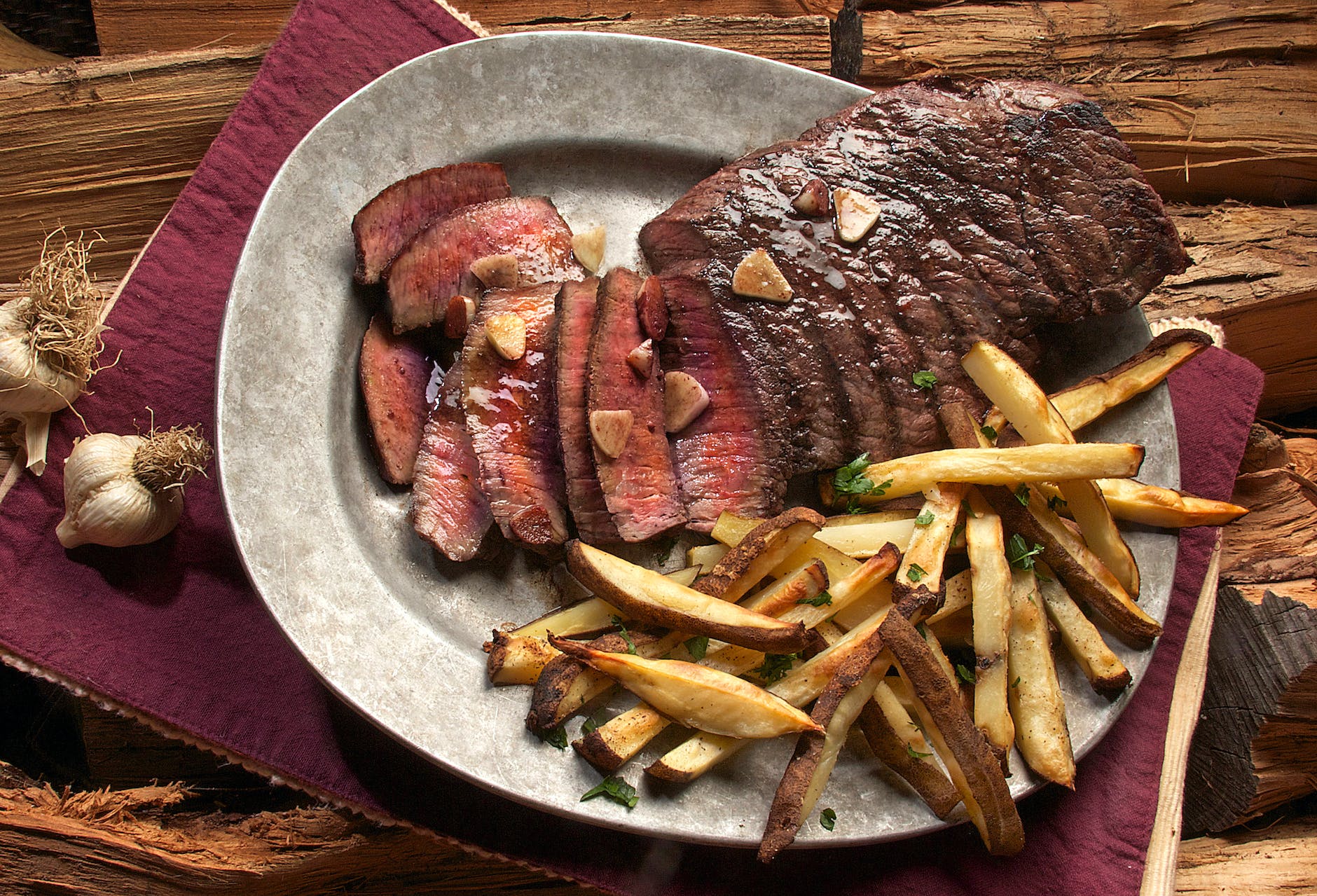Let’s embark on a flavorful journey and explore the wonders of elk meat together. In this guide, we’ll dive into the mouthwatering world of elk meat, discussing its impressive nutritional composition, the potential health perks it offers, and the sustainable aspects that make it an intriguing choice. So, grab a cup of coffee, settle in, and let’s uncover why elk meat deserves a place on your plate!
Unveiling the Nutritional Composition of Elk Meat: Elk meat is not only delicious but also packed with valuable nutrients that contribute to your overall well-being. It’s rich in high-quality protein, low in fat and cholesterol, and bursting with essential amino acids. Plus, it’s a fantastic source of omega-3 fatty acids, vitamins, and minerals that your body will love.
Health Benefits of Elk Meat:
Elk meat brings incredible health advantages to the table. It’s a top-notch protein source, providing the building blocks for muscle growth, tissue repair, and a strong immune system. With its low fat and cholesterol content, elk meat offers a healthier alternative to other meats, helping you maintain a heart-friendly diet.
Elk meat’s amino acid profile is truly impressive. It contains all nine essential amino acids that your body needs, playing crucial roles in everything from building and repairing tissues to hormone production and various enzymatic processes. And let’s not forget about those beneficial omega-3 fatty acids! They contribute to cardiovascular health, reduce inflammation, and even support brain function.
But the goodness doesn’t stop there! Elk meat comes packed with antioxidants like vitamin E and selenium. These natural warriors help protect your cells from damage caused by oxidative stress. And when it comes to vitamins and minerals, elk meat doesn’t disappoint. It’s a rich source of B vitamins (B12, niacin, riboflavin) and essential minerals like iron, zinc, and phosphorus. These nutrients are vital for energy production, oxygen transport, immune function, and overall vitality.
Sustainability Considerations:
Let’s now talk about the sustainability aspect of elk meat. Hunters play a crucial role in conservation efforts. We help manage elk populations, ensuring that they don’t overwhelm their habitats or cause ecological imbalances.
By regulating hunting, we can control elk population sizes and reduce competition for resources. This ensures that ecosystems remain in balance, with diverse plant life thriving and other species coexisting harmoniously. Responsible hunters follow strict regulations and ethical practices, ensuring the sustainable sourcing of elk meat. This approach supports the preservation of wildlife habitats while respecting the intrinsic value of animal life.
Conclusion:
There you have it—the wonderful world of elk meat unraveled before your eyes. We’ve explored its nutritional composition, discovering its protein-packed, low-fat nature, and the plethora of vitamins and minerals it provides. We’ve delved into the health benefits, from supporting muscle growth to promoting a healthy heart and even fighting inflammation. And let’s not forget about the sustainability factor—how responsible hunting practices contribute to maintaining a balanced ecosystem.
Next time you’re looking for a delicious and nutritious option, consider adding elk meat to your culinary repertoire. Not only will you indulge in its mouthwatering flavors, but you’ll also be making a sustainable and health-conscious choice. So, get ready to savor the goodness of elk meat and enjoy the many benefits it brings to your table.

ButtHead Elk Decoy
- 3 Dimensional
- Under 2 pounds and packs up to about the size of a rolled-up coat
- One stake design
- Non-see through laminated design with non-UV printing giving the most natural look in the woods.













Leave a Reply